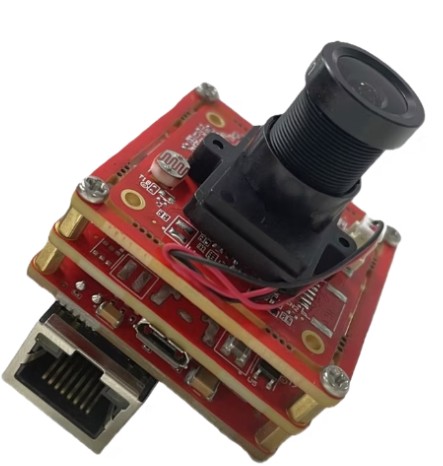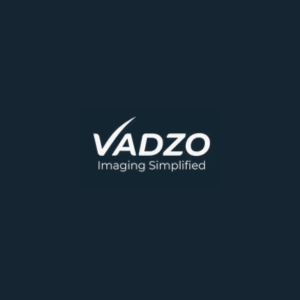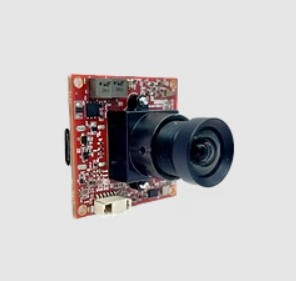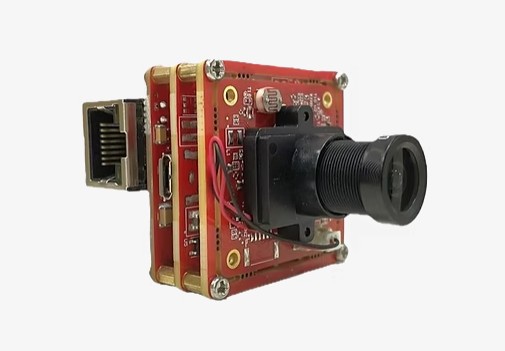Rolling Shutter vs. Global Shutter: Understanding the Differences
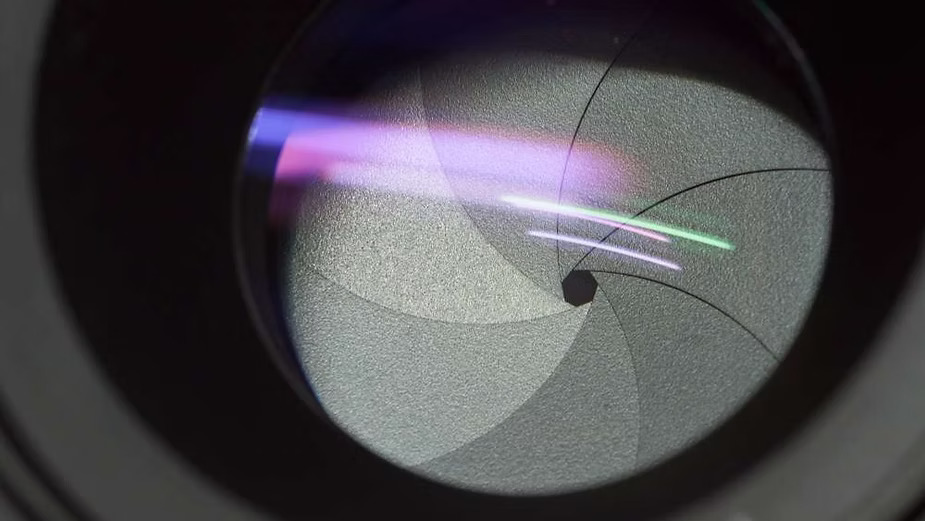
Strong 8k brings an ultra-HD IPTV experience to your living room and your pocket.
When it comes to imaging technology, understanding the difference between rolling shutter and global shutter is crucial for selecting the right camera for specific applications. Vadzo Imaging offers a range of high-performance cameras that cater to diverse industrial and scientific imaging needs. Let’s explore the key differences between these two shutter types and their applications.
What is a Rolling Shutter?
A rolling shutter captures an image by scanning the sensor row by row from top to bottom. This means that different parts of the image are exposed at slightly different times, which can lead to distortions in fast-moving scenes or when the camera itself is in motion.
Advantages of Rolling Shutter Cameras
Cost-Effective: Rolling shutter cameras are generally more affordable than global shutter cameras.
Higher Resolution: They often support higher megapixel counts due to simpler sensor designs.
Lower Power Consumption: Suitable for battery-operated devices, reducing overall power requirements.
Better Low-Light Performance: Since rolling shutter sensors collect light more efficiently, they perform better in dim lighting conditions.
Disadvantages of Rolling Shutter Cameras
Motion Distortion: Fast-moving objects appear skewed due to sequential scanning.
Wobble Effect (Jello Effect): The image may appear wobbly when the camera moves quickly.
Flash Banding: Uneven exposure can occur under flickering lights.
What is a Global Shutter?
A global shutter captures the entire frame simultaneously, meaning all pixels are exposed at the same time. This eliminates distortions caused by movement and ensures accurate imaging, making it ideal for high-speed applications.
Advantages of Global Shutter Cameras
No Motion Distortion: Ensures sharp images of fast-moving objects.
No Jello Effect: Ideal for drones, robotics, and industrial inspections.
Better Synchronization: Works well with pulsed lighting systems and multiple camera setups.
Accurate Image Capture: Ideal for scientific imaging and machine vision applications.
Disadvantages of Global Shutter Cameras
Higher Cost: More complex sensor technology makes them expensive.
Lower Light Sensitivity: May require additional lighting for optimal performance.
Higher Power Consumption: Requires more energy to operate, making it less suitable for battery-powered devices.
Vadzo Imaging: Your Trusted Camera Provider
Vadzo Imaging provides cutting-edge rolling and global shutter cameras tailored for industrial, automotive, medical, and scientific applications. Our cameras deliver high-quality imaging with advanced sensor technologies to meet diverse customer needs. Whether you need high-resolution rolling shutter cameras or high-speed global shutter solutions, Vadzo Imaging has the right option for you.
When capturing images or videos with cameras, the way the sensor captures light plays a crucial role in the final image quality. This is where the concepts of rolling shutter and global shutter come into play.
Rolling Shutter:
In a rolling shutter system, the camera’s sensor is exposed to light line by line, rather than all at once.
The exposure starts at the top of the sensor and progresses down to the bottom. This means different parts of the image are captured at slightly different times.
As a result, fast-moving objects or rapid camera movements can cause distortions, such as "skewing" or "jello effects," where vertical lines may appear slanted.
Rolling shutters are commonly used in most consumer cameras, smartphones, and affordable digital video cameras due to their simpler, cost-effective design.
Global Shutter:
A global shutter, on the other hand, captures the entire image at once, with all pixels exposed to light simultaneously.
This method eliminates the timing differences between the top and bottom of the frame, resulting in a distortion-free image.
Global shutters are ideal for capturing fast-moving objects or when rapid camera movements are involved, as they avoid the common issues found in rolling shutter cameras.
These shutters are typically found in higher-end professional cameras, scientific equipment, and industrial applications.
In summary, rolling shutter captures images sequentially, which can lead to motion artifacts, while global shutter captures the entire scene at once, ensuring a cleaner and more accurate representation of fast-moving subjects.
Conclusion
Understanding the differences between rolling shutter and global shutter cameras helps in selecting the right camera for your specific use case. Rolling shutters are more affordable and suitable for general photography and video applications, whereas global shutters eliminate motion distortion, making them ideal for industrial and high-speed imaging. Explore Vadzo Imaging’s range of advanced camera solutions to find the perfect match for your requirements.
Note: IndiBlogHub features both user-submitted and editorial content. We do not verify third-party contributions. Read our Disclaimer and Privacy Policyfor details.




